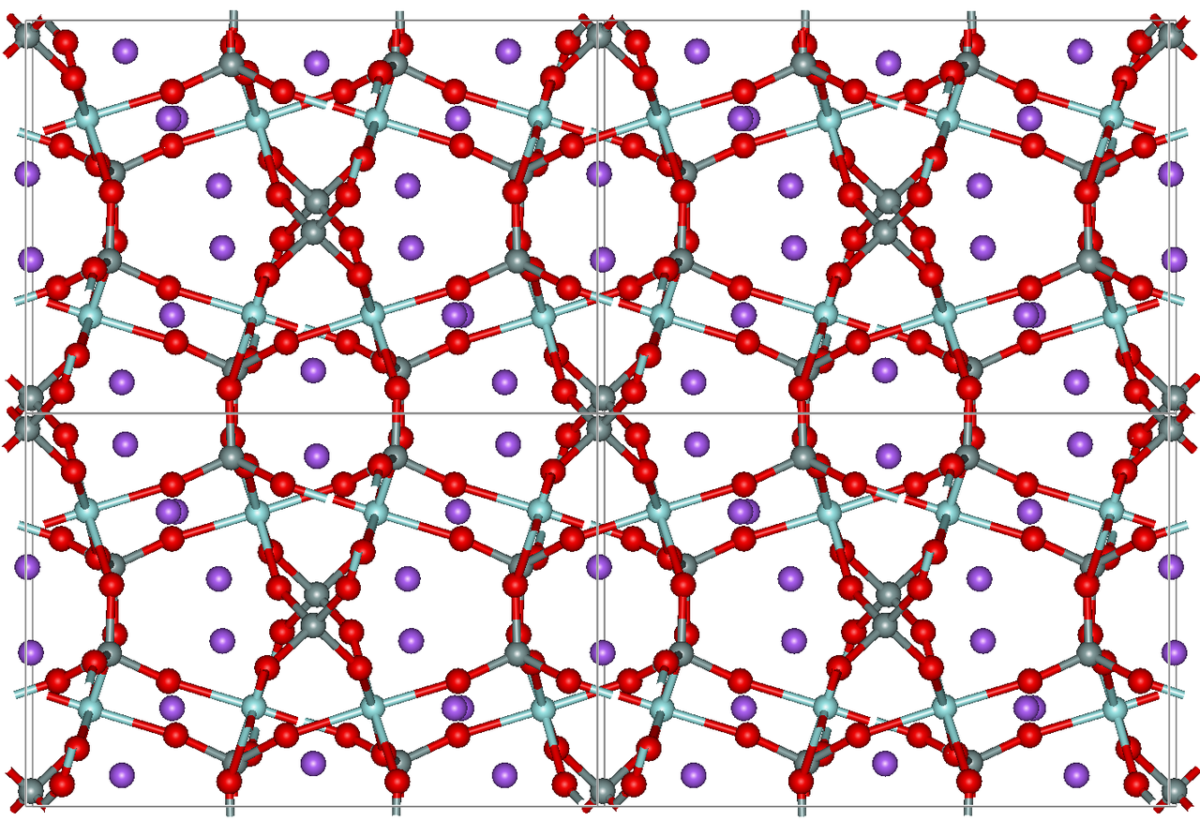From pv magazine Global
Redox flow batteries (RFBs) have seen their market share for stationary storage increase in recent times and the scientific community is multiplying its efforts to overcome one of the main technical issues that are hindering their deployment on a larger scale — the so-called “crossover.”
This phenomenon, which can cause capacity losses that can reach up to 50%, occurs during charging and recharging when battery electrolyte components cross the membrane in the battery cell and the redoxmers, which are redox-active molecules that can store energy in the batteries’ electrolytes, migrate to the wrong side of the device.
Researchers at the University of Texas at Austin in the United States claim to have fabricated a non-aqueous hybrid redox flow battery that is crossover-free and, at the same time, provides high cell operation voltage and a low operating temperature.
The battery was built with a solid electrolyte membrane based on the Na3Zr2Si2PO12 natrium superionic conductor, also known as NASICON. It is able to circumvent the crossover of the liquids between the positive and negative electrodes and, simultaneously, to maintain single-ion conduction between the two electrodes to sustain the electrochemical reactions, according to the scientists. Membranes represent a significant portion of the final costs of RFBs. It is therefore important to identify the membrane technologies that could simultaneously ensure high performance and low-cost production.
The battery’s solid sodium anode was paired with a liquid methylphenothiazine (MPT) cathode through a sodium-methylphenothiazine (Na-MPT) redox couple. “The redox reactions at positive and negative electrodes are ionically linked through the transport of sodium ions between the two electrodes,” the US group explained. “The dense structure of the Na3Zr2Si2PO12 membrane ensures a complete separation of the anode and cathode and circumvents the cross-mixing of the liquid species between the two electrode chambers.”
The battery performance was evaluated at ambient temperatures and, under a medium current density of 1 mA cm−2, the Na-MPT cells exhibited a high working voltage of around 2.6 V and a coulombic efficiency of 95.0%.
The battery was described in the paper “Accessing a high-voltage nonaqueous hybrid flow battery with a sodium-methylphenothiazine chemistry and a sodium-ion solid electrolyte,” published in Energy Storage.
This content is protected by copyright and may not be reused. If you want to cooperate with us and would like to reuse some of our content, please contact: editors@pv-magazine.com.









By submitting this form you agree to pv magazine using your data for the purposes of publishing your comment.
Your personal data will only be disclosed or otherwise transmitted to third parties for the purposes of spam filtering or if this is necessary for technical maintenance of the website. Any other transfer to third parties will not take place unless this is justified on the basis of applicable data protection regulations or if pv magazine is legally obliged to do so.
You may revoke this consent at any time with effect for the future, in which case your personal data will be deleted immediately. Otherwise, your data will be deleted if pv magazine has processed your request or the purpose of data storage is fulfilled.
Further information on data privacy can be found in our Data Protection Policy.